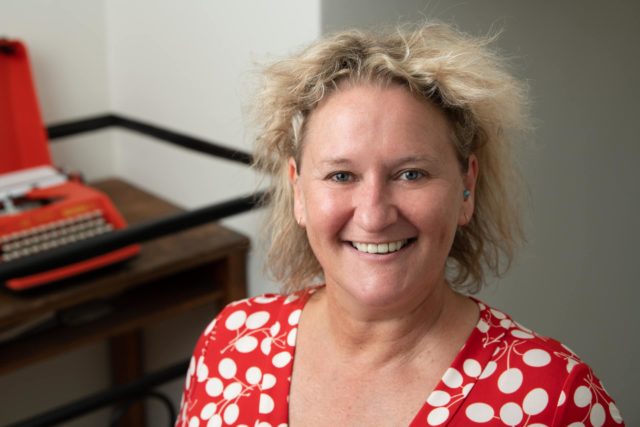Recently, residential vacancy hit a 16-year low due to poor investor activity over the last five years. According to the Property Investment Professionals of Australia (PIPA), a non-profit association of industry practitioners, this critical lack of rental properties must be addressed with key policy by whoever wins the upcoming Federal Election.

Since 2017, the nationwide lending restrictions with fewer interest-only loans and higher interest rates prevented investors from purchasing. Nicola McDougall, PIPA chair, said while investors made a return to the market last year, the effect of their absence for years before that is still felt by tenants.
“At the same time, asking rents were mainly benign, so the combination of higher
mortgage costs together with flat-lining rents were also an impediment to the investor
market.”
CoreLogic analysis found that investors were slightly up from the record low (32.6% of mortgage demand by value in January 2022 from 22.9%), but still below the decade average.

As of February 2022, the national residential property rental vacancy rate fell to 1.2%. SQM research shows the rate to be less than 1% in Brisbane, Adelaide and Perth while asking rents there are increasing almost 13-to-20%. Available rental properties plunged in the Melbourne and Sydney CBDs as well, but capital city asking rents have soared 9.4% over the year to March.
PIPA say political parties must develop a significant and sustainable policy to remedy this in the vein of the National Rental Affordability Scheme which was unfortunately scrapped after only a few years. A system that encourages private and public sectors to work collaboratively together will increase rental supply and improve affordability for tenants.
“With overseas migration set to soar over coming years, where are these new Aussies going to live if we don’t even have enough rental properties to house our current population?” asks Nicola.










